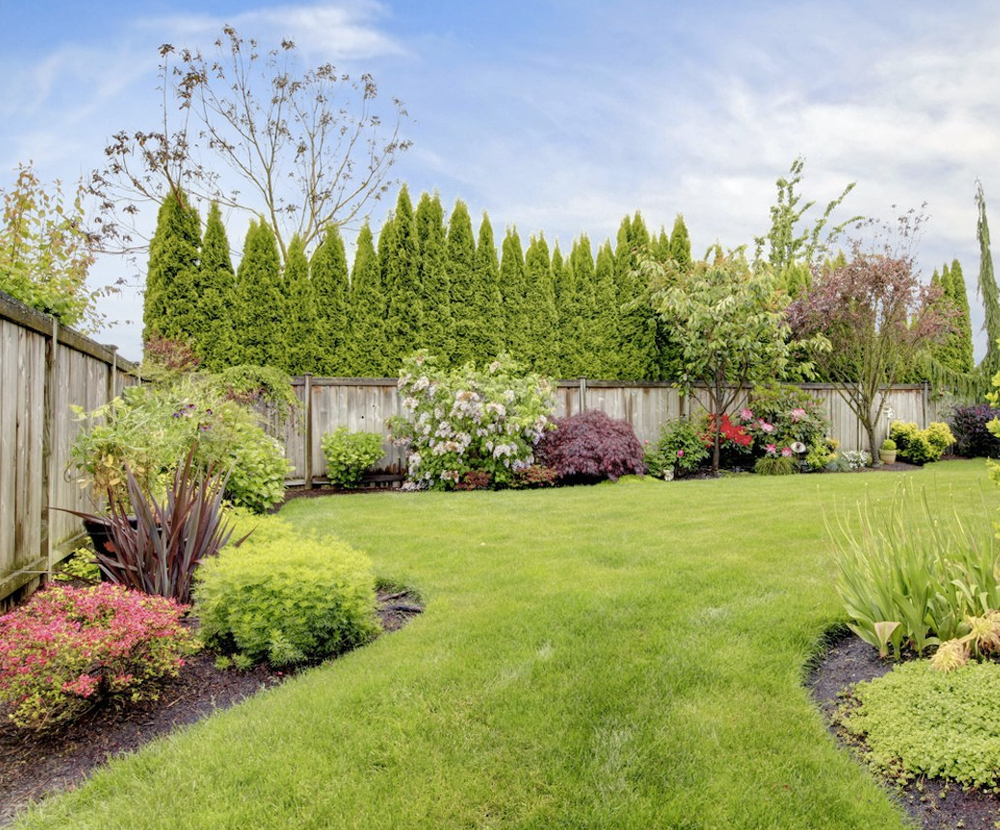Gardens, Lawns and Landscaping
Individuals and communities around the world are showing a marked increase in connecting more directly with the environment. Whether motivated by concerns for health, environmental sustainability, food security, or perhaps by a deeper emotional need, an increasing number of North Americans are planting gardens. Its produce is mostly shared between friends, family, and neighbors as it typically leads to a harvest surplus. Backyard gardens benefit communities as neighbors can share each other’s backyard and use different methods leading to better yields.
Before starting any garden landscaping, it’s important to have a soil test performed. A soil test is like a “physical exam” for a yard. It shows contractors what shape the soil is in and what corrective applications, if any, are needed for the grass, trees and shrubs. It is a laboratory analysis that extracts the plant available nutrients from the soil sample and measures them. This information is then converted to fertilizer recommendations for the grass types in the specific lawn or the plants in the garden landscape. This is critical for plant health. Too much or too little of any nutrient can be the difference between success or failure. Before you go out and spend money on fertilizer that you may or may not need to have your soil laboratory tested.
This applies to lawns as well. A soil test is a good way to tell if a soil can supply the nutrients needed for a good lawn. The soil test indicates what treatments should be prescribed for a specific soil and in what quantities the products should be applied. Lawns have minimum nutrient requirements below which plant health is sacrificed. Although nitrogen alone can produce a good-looking lawn, long-term plant health cannot be assured unless other nutrients are present in the correct amounts.

